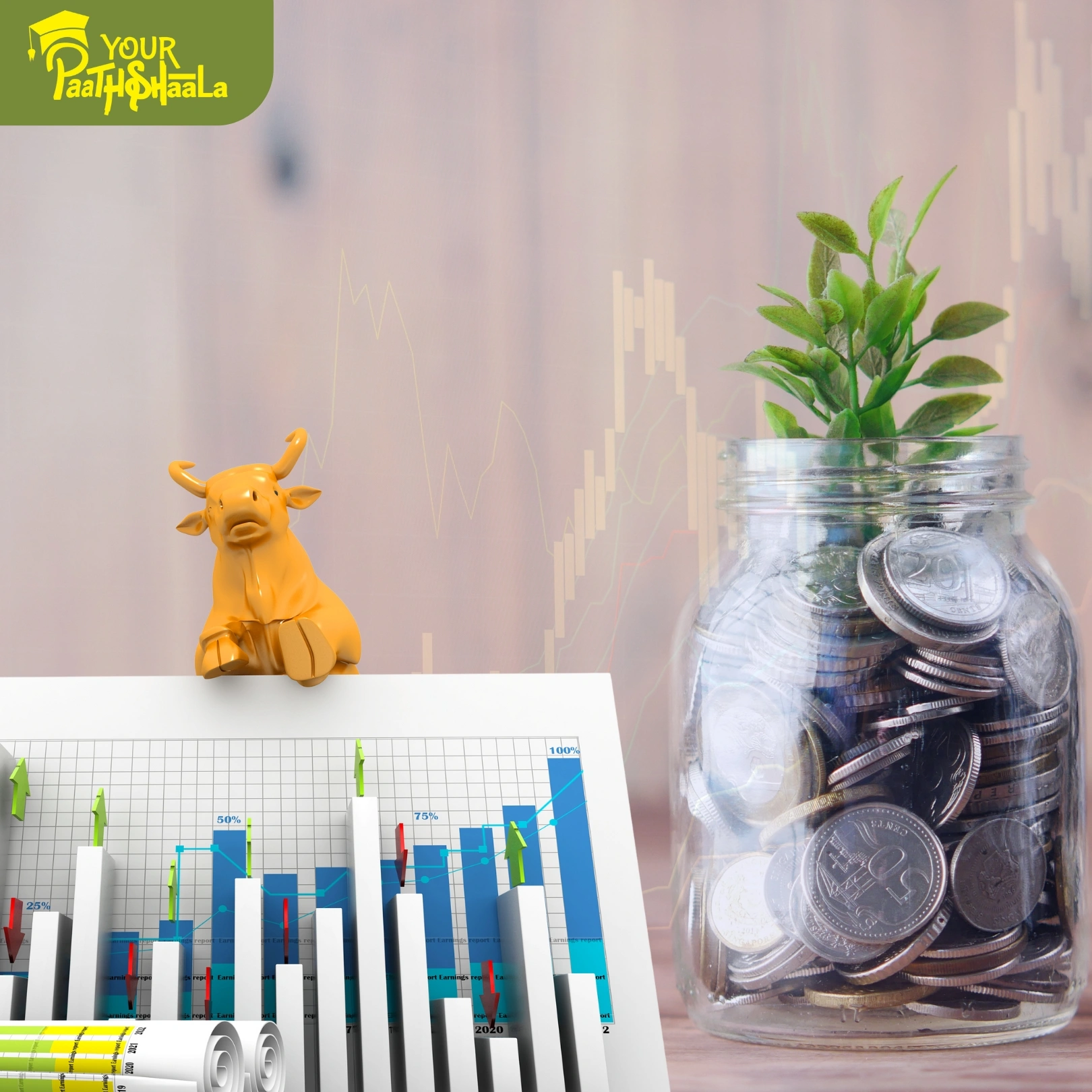Sector Rotation Timing: Mastering Tactical Investing in 2025
In the ever-shifting landscape of financial markets, sector rotation timing offers investors a strategic edge by aligning portfolios with macroeconomic trends. As of July 28, 2025, strategies like economic cycle sector mapping, interest rate sensitivity rotation, commodity cycle timing, and technology adoption stages enable traders to capitalize on sector-specific performance driven by economic conditions. This 2000-word guide explores these tactical approaches, providing actionable insights for beginners and seasoned investors. By timing sector rotations effectively, you can position your portfolio for optimal returns. Ready to time the market like a pro? Let’s dive into sector rotation timing.
What is Sector Rotation Timing?
Sector rotation timing involves shifting investments between industry sectors based on their expected performance during different phases of economic, interest rate, commodity, or technology cycles. For example, consumer staples thrive in recessions, while industrials excel during expansions. By anticipating these cycles, investors can overweight outperforming sectors and underweight laggards, maximizing returns. This approach relies on macroeconomic analysis, market signals, and sector-specific trends, making it a powerful tool for tactical investing in 2025’s dynamic markets.
Key Strategies in Sector Rotation Timing
To succeed in sector rotation, focus on four key strategies: economic cycle sector mapping, interest rate sensitivity rotation, commodity cycle timing, and technology adoption stages. Below, we explore each in detail.
1. Economic Cycle Sector Mapping: Aligning with Market Phases
The economic cycle—expansion, peak, recession, and recovery—drives sector performance. Defensive sectors like consumer staples and healthcare outperform during recessions, while cyclical sectors like industrials and consumer discretionary shine in expansions. For example, during a recovery, financials benefit from rising loan demand, as seen in early 2023 post-recession signals.
How to Map Economic Cycles
-
Monitor economic indicators like GDP growth, unemployment, and PMI via FRED or Bloomberg.
-
Invest in sector ETFs like XLP (Consumer Staples) for recessions or XLI (Industrials) for expansions.
-
Analyze historical sector performance during cycle phases to identify patterns.
-
Diversify across sectors to smooth transitions between cycle stages.
Economic cycle mapping offers predictive power but requires accurate cycle identification, as mistiming can lead to underperformance.
2. Interest Rate Sensitivity Rotation: Navigating Rate Changes
Interest rate changes impact sectors differently. Financials, like banks, benefit from rate hikes due to higher lending margins, while utilities and real estate, with high debt loads, underperform as borrowing costs rise. For example, a Federal Reserve rate hike in 2025 could boost financial stocks like JPMorgan while pressuring REITs.
How to Rotate for Interest Rates
-
Track Fed policy and yield curves via Reuters or the Wall Street Journal.
-
Invest in financial ETFs like XLF during rate hikes or utilities ETFs like XLU during cuts.
-
Monitor bond yields and inflation data to anticipate rate shifts.
-
Diversify across rate-sensitive and neutral sectors to manage uncertainty.
Interest rate rotation capitalizes on monetary policy but faces risks from unexpected rate moves, so stay vigilant.
3. Commodity Cycle Timing: Riding Boom-Bust Phases
Commodity cycles, driven by supply-demand dynamics, impact materials and energy sectors. During booms, companies like Freeport-McMoRan (materials) or ExxonMobil (energy) thrive as prices for copper or oil rise. Busts, however, can pressure these sectors. For example, a 2024 supply shortage drove oil prices up, boosting energy stocks.
How to Time Commodity Cycles
-
Monitor commodity prices via Bloomberg Commodities Index or CRB Index.
-
Invest in materials ETFs like XLB or energy ETFs like XLE during upcycles.
-
Analyze supply constraints (e.g., mining disruptions) or demand trends (e.g., industrial growth).
-
Diversify across commodities to reduce exposure to single-asset volatility.
Commodity cycle timing offers high returns but is volatile due to geopolitical or supply shocks, requiring careful risk management.
4. Technology Adoption Stages: Aligning with Tech Trends
Technology sectors evolve through adoption stages—early growth, maturity, and disruption. Early-stage companies like AI startups offer high growth but high risk, while mature firms like Microsoft provide stability. Disruptive trends, such as quantum computing, can reshape sectors. For example, NVIDIA’s AI chip dominance in 2024 fueled tech outperformance.
How to Invest in Tech Adoption
-
Identify adoption stages using industry reports from Gartner or IDC.
-
Invest in tech ETFs like XLK for broad exposure or ARKK for early-stage growth.
-
Track R&D spending and patent filings to spot emerging trends.
-
Diversify across early, mature, and disruptive tech firms to balance risk.
Tech adoption investing offers growth but faces risks like market saturation or regulatory hurdles, so monitor innovation cycles.
Risks and Challenges in Sector Rotation Timing
Sector rotation offers opportunities but comes with challenges:
-
Timing Errors: Misjudging cycle phases can lead to underperformance.
-
Volatility: Cyclical sectors like tech or energy face sharp swings.
-
Economic Uncertainty: Unexpected events, like geopolitical crises, can disrupt cycles.
-
Transaction Costs: Frequent rotations increase fees, eroding returns.
To mitigate risks, diversify across sectors, use ETFs for cost-efficient exposure, and rely on robust economic data. Professional guidance can enhance timing accuracy.
Tools and Resources for Sector Rotation Timing
To excel in sector rotation, leverage these tools:
-
Economic Data Platforms: Use FRED, Trading Economics, or Bloomberg for cycle indicators.
-
ETF Screeners: Find sector ETFs via Morningstar or ETF.com.
-
Market Analysis Tools: Track sector performance with TradingView or Yahoo Finance.
-
Educational Resources: YourPaathshaala offers courses on tactical investing.
These tools, combined with disciplined analysis, can sharpen your rotation strategy.
Why Sector Rotation Timing Matters in 2025
As of July 28, 2025, sector rotation is critical amid economic transitions. Global growth is uneven, with U.S. GDP slowing to 2% annually, per recent data, signaling a late-cycle phase favoring defensives like healthcare. Interest rates, projected at 4-5% by the Fed, boost financials but pressure utilities. Commodity cycles are volatile, with oil prices up 12% in 2024 due to supply constraints, per Bloomberg. Tech adoption, driven by AI and 5G, continues to fuel growth. These dynamics make sector rotation a vital strategy for aligning portfolios with macro trends.
Getting Started with Sector Rotation Timing
Ready to time the market like a pro? Follow these steps:
- Study Cycles: Learn economic, interest rate, commodity, and tech adoption phases.
- Choose a Platform: Select a broker offering sector ETFs and market data.
- Start Small: Test rotations with limited capital to understand risks.
- Diversify: Spread investments across defensive and cyclical sectors.
- Seek Education: Enroll in courses at YourPaathshaala, located near Anjali Children Hospital, Tagore Nagar, Mathpurena, Raipur, Chhattisgarh, PIN code: 492001.
Conclusion
Sector rotation timing—through economic cycle mapping, interest rate sensitivity, commodity cycle timing, and technology adoption stages—offers a tactical way to align your portfolio with macro trends in 2025. These strategies leverage market cycles to maximize returns, balancing growth and stability. Despite risks like timing errors or volatility, diversified approaches and informed decisions can lead to success. Master tactical investing with YourPaathshaala’s expert guidance.
Visit YourPaathshaala
Near 🏥 Anjali Children Hospital, Tagore Nagar, Mathpurena, Raipur.
📫 PIN code: 492001, Chhattisgarh
📞 Click the Call Now to contact us!
Take your financial knowledge to the next level with YourPaathshaala—your trusted partner for investment education and market insight.







